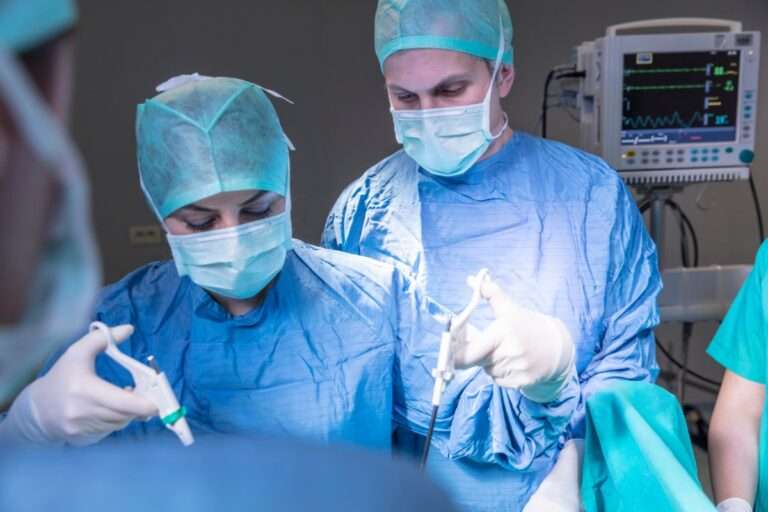
Laparoscopic gynecologic surgery is an alternative to open surgery. It looks inside your pelvic area with a laparoscope. Open surgery generally requires a large incision.
A laparoscope is a small, illuminated telescope. It allows your doctor to see inside your body. Endometriosis and fibroids can be detected using diagnostic laparoscopy. It can also be used as a form of treatment. Your doctor can perform a variety of surgeries using miniaturized instruments. These are a few examples:
In general, laparoscopy heals faster than open surgery. It also results in smaller scars. This procedure may be performed by a gynecologist, general surgeon, or another type of specialist.
The Benefits of Gynecologic Laparoscopy
Laparoscopy can be used for both diagnosis and treatment. Sometimes a diagnostic procedure leads to treatment.
Some of the reasons for diagnostic laparoscopy include:
Laparoscopy may be used to diagnose the following conditions:
How laparoscopic surgery is performed?
Laparoscopy is almost always performed while under general anesthesia. This means that you will be unconscious during the procedure. You may, however, be able to return home the same day.
Once you’ve fallen asleep, a small tube called a catheter will be inserted into your bladder to collect your urine. A small needle will be used to inject carbon dioxide gas into your abdomen. The gas keeps the abdominal wall away from your organs, reducing the possibility of injury.
Your surgeon will insert the laparoscope, which transmits images to a screen, through a small cut in your navel. This allows your doctor to see your organs clearly.
What happens next is determined by the procedure. Your doctor may examine you and then make a diagnosis. Other incisions will be made if surgery is required. These holes will be used to insert instruments. The surgery is then carried out with the laparoscope as a guide.
All instruments are removed once the procedure is completed. Stitches are used to close incisions, and you are then bandaged and sent to recovery.
Recovery after laparoscopy
After the procedure, nurses will check your vital signs. You’ll be in the recovery room until the anesthesia wears off. You will not be allowed to leave until you can urinate on your own. The urinary difficulty is a possible side effect of catheter use.
The amount of time it takes to recover varies. It is determined by the procedure used. You may be able to leave the hospital a few hours after surgery. You may also be required to spend one or more nights in the hospital.
Your belly button may be tender after surgery. Your stomach may have bruises. The gas inside you can cause pain in your chest, middle, and shoulders. There’s also a chance you’ll feel sick the rest of the day. Before you leave, your doctor will give you instructions on how to deal with any potential side effects. To prevent infection, your doctor may prescribe pain relievers or antibiotics.
Depending on the procedure, you may be advised to rest for several days or weeks. Returning to normal activities may take a month or more.
Serious complications from laparoscopy are uncommon. You should, however, contact your doctor if you have:
The outcomes of these procedures are usually positive. This technology enables the surgeon to easily see and diagnose a wide range of problems. In addition, recovery time is reduced when compared to open surgery.